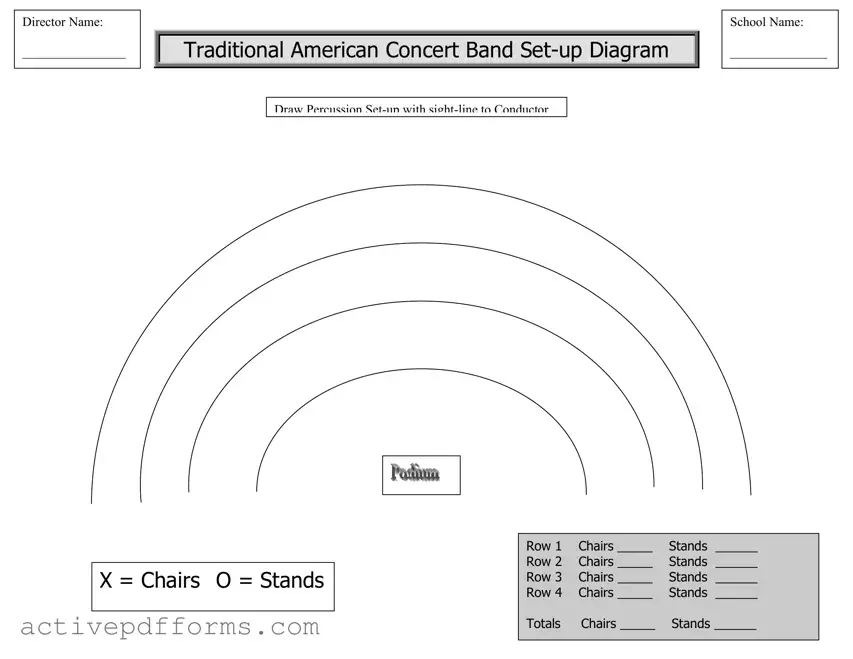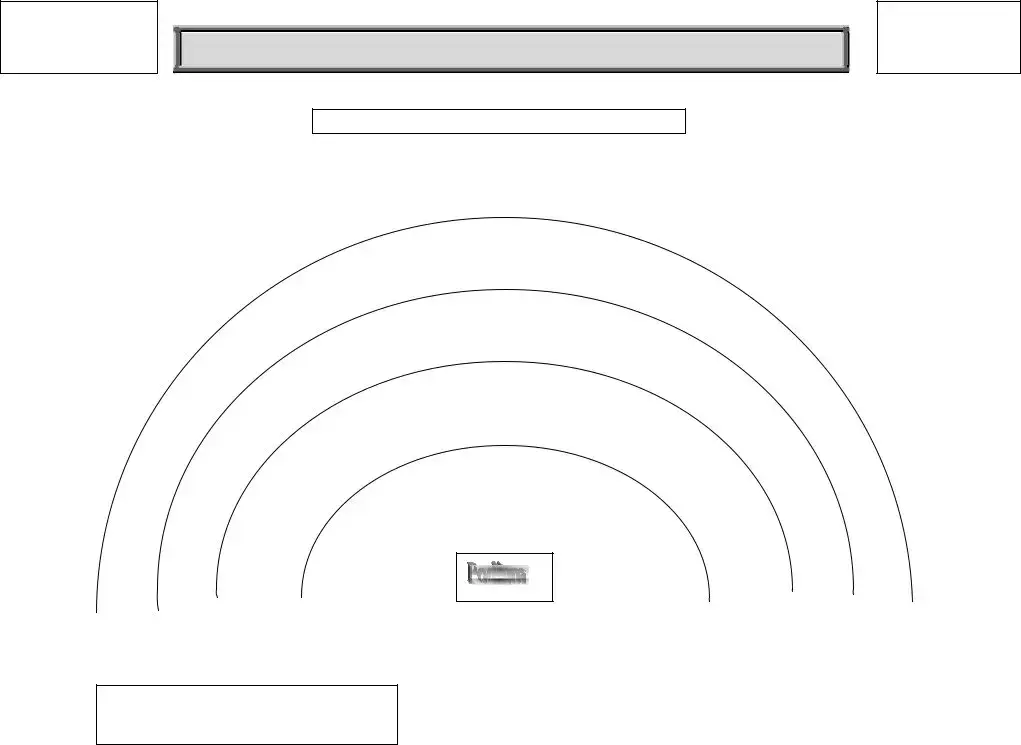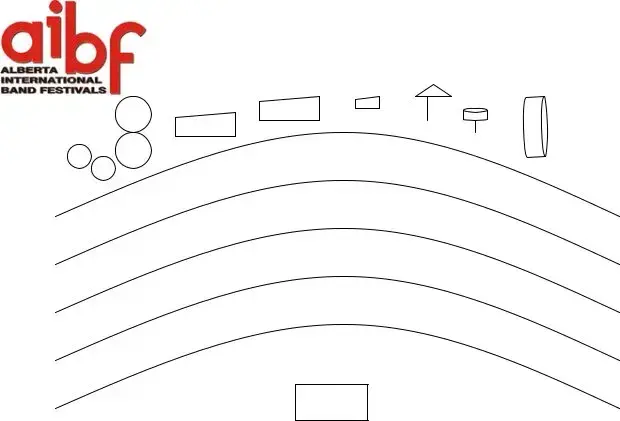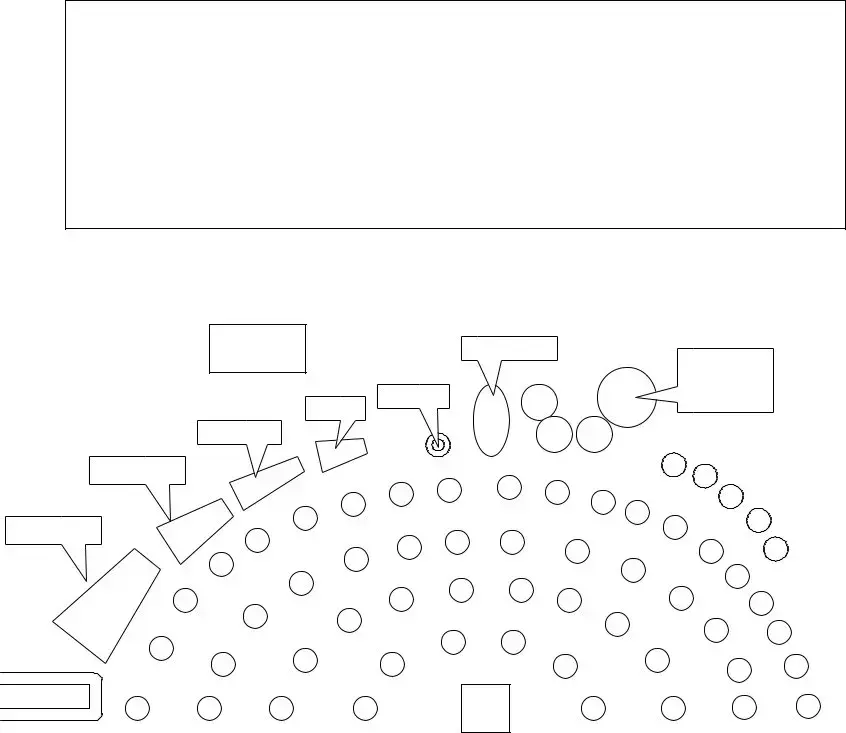Free Band Seating Chart PDF Template
The Band Seating Chart form is a structural diagram designed to assist in the arrangement of musicians and instruments for optimal performance setup. It centers on the placement of chairs and stands within the traditional American concert band layout, including detailed positions for percussion and their necessary sight-line to the conductor. Essential for orchestral organization, it provides directors a blueprint to maximize both acoustic balance and visual coordination.
Edit Band Seating Chart Now



